This week the library hosts Trevor Dawes, the current president of the Association of College & Research Libraries (ACRL). Trevor has been a strong and vocal advocate for financial literacy and the role librarians can play in helping students become more knowledgeable and more active in controlling their own financial futures. Trevor has partnered with the iOme Challenge initiative to help librarians learn more about how we can support this effort.
I am convinced that library financial literacy is becoming as important for people who use libraries as it is for the librarians and staff who have to spend and manage money. We are using funds supplied by our institutions (and at least partly by tuition dollars) to purchase the materials that we think best support the curricula of the college and also provide outlets for reading, viewing, and listening (and sometimes gaming) that balance all that intense academic work.
Students and faculty are still often surprised to hear that the electronic version of a journal will probably cost us about as much as the print version. And inflation affects everything. Most people don’t think about what it costs to keep a physical book on a shelf once we buy it. If you are a librarian, ask a class (or a group of faculty) what they estimate we spend per year on our online resources. The responses may surprise you. If we purchase an e-book and are unable to make it accessible to more than one user at a time, or through Interlibrary Loan, is it a better “deal” than a physical book which has some, but not all, of the same limitations? Our economic decisions are based on more than just dollars and cents.
 Like all departments on campus, the library buys equipment and supplies, pays for equipment leases (yes – the Xerox machine), pays people who work here, and supports the professional development of our staff. And like lots of places these days we do it with less money than we used to. This means making strategic decisions, but also keeping people in mind. It might mean buying a DVD for $14.99 which we know will make people feel good, and spending a much larger amount on a resource that is critical for the success of faculty and students.
Like all departments on campus, the library buys equipment and supplies, pays for equipment leases (yes – the Xerox machine), pays people who work here, and supports the professional development of our staff. And like lots of places these days we do it with less money than we used to. This means making strategic decisions, but also keeping people in mind. It might mean buying a DVD for $14.99 which we know will make people feel good, and spending a much larger amount on a resource that is critical for the success of faculty and students.
The economic landscape is shifting. Colleges and universities are experiencing challenges with enrollment, changes in curriculum, and increases in costs. The more we know about how funds are spent the smarter we will be about the decisions we are faced with. Financial literacy is the key to all of our financial futures.

